
Python issubclass()
The issubclass() function checks if the class argument (first argument) is a subclass of classinfo class (second argument). The syntax of issubclass() is: 1. issubclass() Parameters issubclass() takes […]

The issubclass() function checks if the class argument (first argument) is a subclass of classinfo class (second argument). The syntax of issubclass() is: 1. issubclass() Parameters issubclass() takes […]
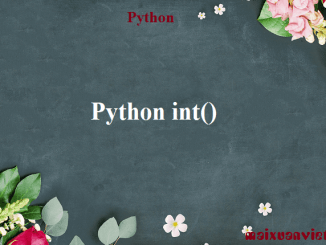
The int() method returns an integer object from any number or string. The syntax of int() method is: 1. int() Parameters int() method takes two arguments: x – Number […]
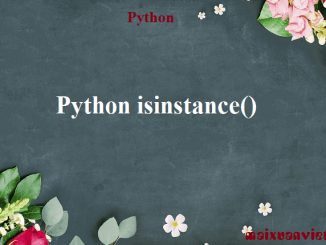
In this tutorial, we will learn about the Python isinstance() function with the help of examples. The isinstance() function checks if the object (first argument) is an […]
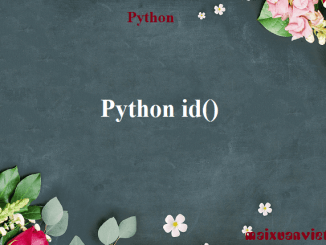
The id() function returns identity (unique integer) of an object. The syntax of id() is: 1. id() Parameters id() function takes a single parameter object. 2. Return Value from […]
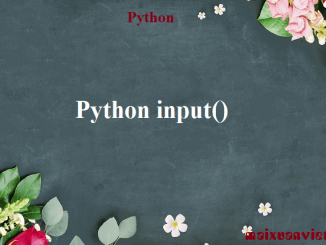
In this tutorial, we will learn about the Python input() function with the help of examples. The input() method takes input from the user and returns it. […]
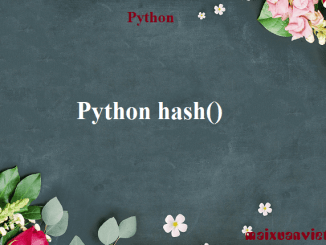
In this tutorial, we will learn about the Python hash() method with the help of examples. The hash() method returns the hash value of an object if […]
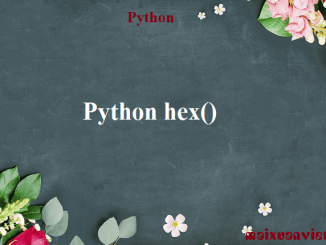
The hex() function converts an integer number to the corresponding hexadecimal string. The syntax of hex() is: 1. hex() Parameters hex() function takes a single argument. x – integer […]

The help() method calls the built-in Python help system. The syntax of help() is: 1. help() Parameters The help() method takes a maximum of one parameter. object (optional) – you […]
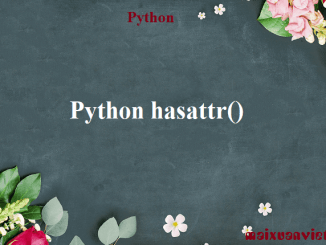
The hasattr() method returns true if an object has the given named attribute and false if it does not. The syntax of hasattr() method is: hasattr() is called […]
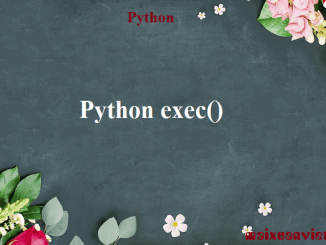
The exec() method executes the dynamically created program, which is either a string or a code object. The syntax of exec(): 1. exec() Parameters exec() takes three […]

The globals() method returns the dictionary of the current global symbol table. A symbol table is a data structure maintained by a compiler which contains […]
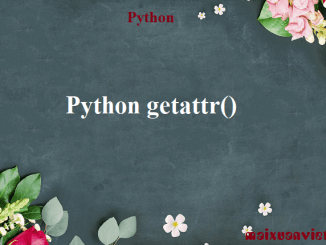
In this tutorial, we will learn about the Python getattr() method with the help of examples. The getattr() method returns the value of the named attribute of […]
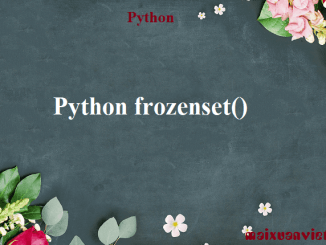
The frozenset() function returns an immutable frozenset object initialized with elements from the given iterable. Frozen set is just an immutable version of a Python set object. […]
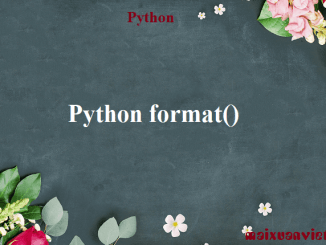
The built-in format() method returns a formatted representation of the given value controlled by the format specifier. The format() function is similar to the String format method. Internally, both […]
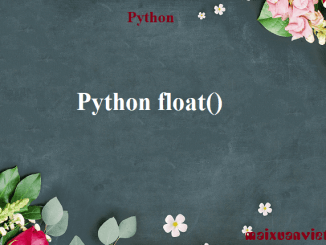
In this tutorial, we will learn about the Python float() method with the help of examples. The float() method returns a floating point number from a number […]
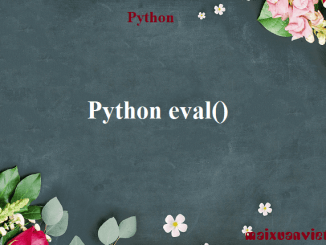
In this tutorial, we will learn about the Python eval() method with the help of examples. The eval() method parses the expression passed to this method and […]
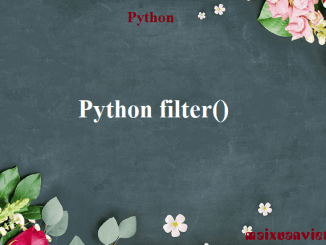
In this tutorial, we will learn about the Python filter() function with the help of examples. The filter() function extracts elements from an iterable (list, tuple etc.) […]
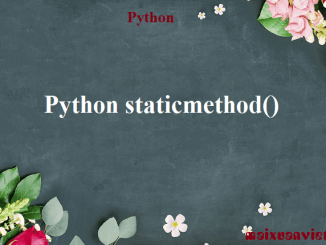
In this tutorial, we will learn about the Python staticmethod() with the help of examples. The staticmethod() built-in function returns a static method for a given function. […]
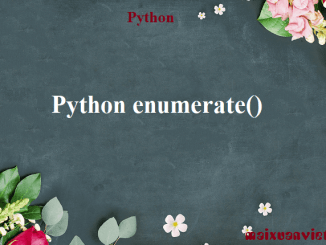
In this tutorial, we will learn about the Python enumerate() method with the help of examples. The enumerate() method adds a counter to an iterable and returns […]
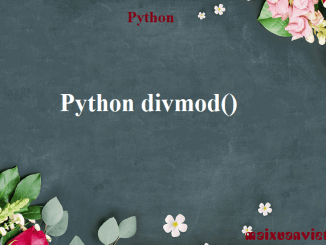
The divmod() method takes two numbers and returns a pair of numbers (a tuple) consisting of their quotient and remainder. The syntax of divmod() is: 1. divmod() […]
